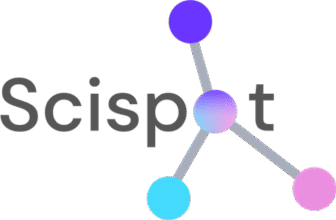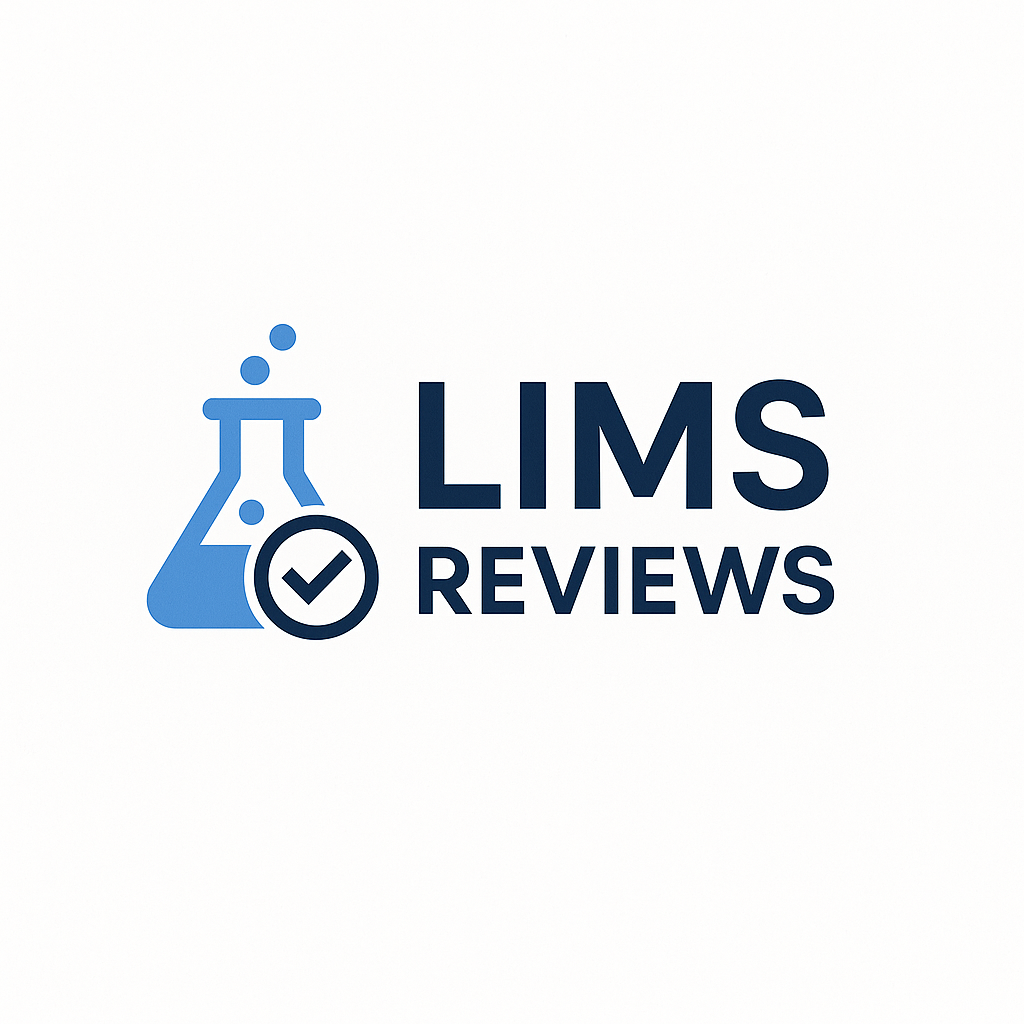About Uncountable
Uncountable is a cloud-based Laboratory Information Management System built to streamline research and development workflows, especially for material science, chemistry, and biotech teams. In this review, we explore its key features, strengths, weaknesses, and how it compares to other LIMS platforms.
🔍 Key Features
- Cloud-Native Platform
- Customizable Workflow Automation
- Data Visualization & Experiment Tracking
- REST API Access for Integrations
- Collaboration Tools for R&D Teams
🧬 Industries Served
Uncountable is trusted by organizations across a broad range of industries, including:
- 💊 Pharmaceuticals & Biotech
- 💧 Environmental & Water Testing Labs
- 🧪 Contract Research Organizations (CROs)
- 🧬 Clinical Diagnostics
- 🍽️ Food & Beverage Safety
- 🛢️ Petrochemical & Energy Labs
- 🏛️ Government & Public Health Institutions
Check some total thoughts
Pros and Cons Values
Aggregated Rating
Uncountable has enabled our team to extract the most value from our R&D data now and in the future
❌ What’s Not Great
Uncountable is not the most user friendly in terms of preparing charts and graphs, but I believe that they are working on this. Also, it takes some initial time investment to configure the software to your particular materials and tests, but once established it saves time.
✅ Positive Notes
It enables us to organize all of our R&D data in one location, which helps with basic functions like searching and sorting as well as more complex functions such as building predictive models. This creates a lot of value in terms of initiating new product development projects with a more advanced starting point (due to the ease at which we can review historical data) and the ability to build strong models that help us more quickly arrive at an optimized material composition. It has also eliminated steps in our process of capturing data and simplified the work of our lab technicians
Very positive experience
❌ What’s Not Great
It has worked well so far. Occasionaly, we ran into unknown hurdles and your techncial team was able to address right away. I think, some changes made in the background could have an impact to user experience (interfact).
✅ Positive Notes
It is very flexible in terms of its design, easy to customize to meet our needs. Failry straigh foward to learn how to use it, once the user is committed to using it. I also like the fact that we have the capabitliy to add additional customers, test methods, etc., without having to bother your technical team for small things. Your development team has been super helpful during the development and training stages. It was nice to have patient trainers to help my team get on board. I like the data visulization feature a lot though we still need to use it more often.
"An all in one solution for the laboratory"
❌ What’s Not Great
“Some quality control features could be added (possibility of setting specs for each ingredient with creating an extra project); more descriptions/how-tos on the service page for the more complex things (setting a custom trigger, label) or a more intuitive/customer friendly way for the generation (without coding experience).”
✅ Positive Notes
“Being able to set restrictions, locks helps to organise a harmonised documentation and the overall organization within the Laboratory including instruments, calendar for tasks, ingredients, experiments etc; SAP linkage is possible; support is very professional; highly customer applicable.”
"Convenient system to structure and collect lab data for a material scientist"
❌ What’s Not Great
“1. Project management related tools are on their own poorer than a standalone software like MS Project. 2 Visualization tools are more diffucult and less intuitive to use even than MS Excel. Scientist want customizations for graphs. 3. Same as 2 but for Compare view when aranging data in a table.. Thus, to keep everything within one platform people compromize many other things. Lack of customization.”
✅ Positive Notes
“Allows to struture lab data in a clear way, relatively user friendly for a data scientist to work with their data – use search and retrieve the records. We are able to collect and record considerably more data than we used to without Uncountable. Then, it is easy to search data by properties, outputs, find similar data across the projects using filters. I think this is a core strength of Uncountable for a material science lab.
I like that support staff is easily accessible and able to respond to our concers usually within a day or so.”
Great for QA / Worse in R&D
❌ What’s Not Great
For specialised tasks which appear in daily R&D live, and not repeating tasks it is not recommended. For companies without having all PC integrated in a network, there is no benefit, because of loosing time by manual data transfer.
The application itself will work betr.
✅ Positive Notes
Uncountable is highly recommended for standard operations in QA labs . Repetitive tasks can be displayed and handled in a good an easy, saving time, and workload.
The support from Uncountable is good and fast.
Add your rating
User's ad Editor's scores
Editor Review
Uncountable offers robust data centralization and customization, making it a valuable tool for R&D labs that need to organize diverse datasets and build predictive models. The system’s strength lies in its flexibility, from interlinking experiment data to accommodating additional customers and test methods without heavy reliance on the technical team. However, these capabilities come at a price. Many users highlighted a steep learning curve due to a non-intuitive UI and less-than-ideal visualization tools when compared to standard software like Excel. The initial setup and configuration can be time-consuming, with some labs experiencing a 3-6 month implementation phase. While the platform’s integration capabilities are bolstered by features such as SAP linkage and helpful API integrations, enhancements in workflow management and project planning remain areas for improvement. Overall, Uncountable caters well to labs that are willing to invest time in customization and ongoing configuration, but it may pose challenges for organizations seeking a more turnkey solution.






